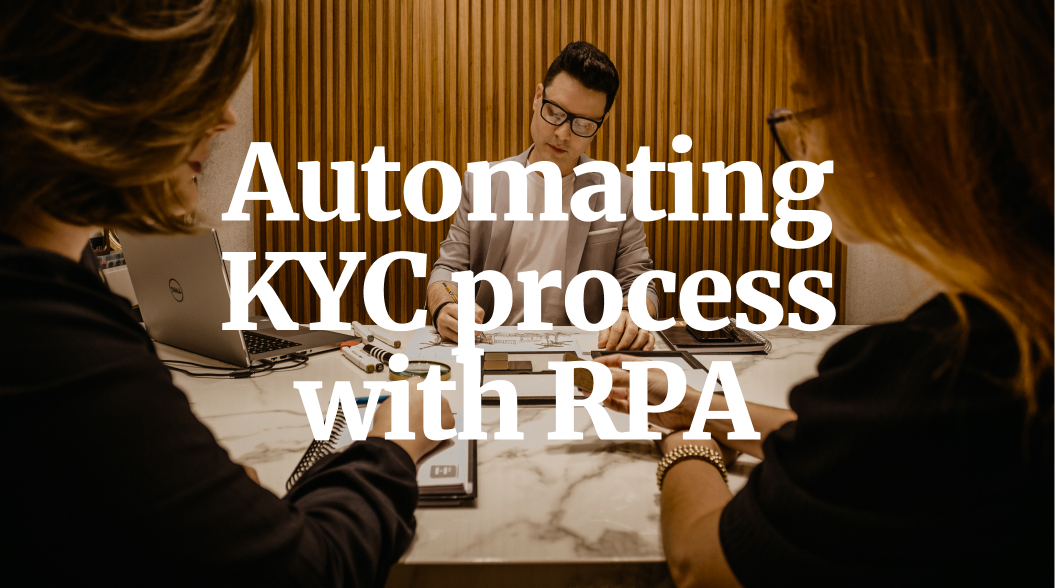To a common man, Know your Customer (KYC) is simply a set of documents that needs to be submitted and verified in person at the nearest branch, with wait times in long irritating queues failing which, the operating account and transactions are frozen and access to digital facilities is limited or blocked.
This is as nothing compared to its toll on other financial institutions. KYC in the banking industry is a major cause of increasing costs day-by-day in efforts to comply with Anti-Money Laundering (AML) regulations, Know your Business (KYB) norms, and insurance companies and creditors' demands that the organizations furnish Anti-bribery and corruption (ABC), human rights violations, and crime details among others.
Major Banks have incurred over $200 billion in fines between 2009 and mid-2016 due to AML breaches, which in turn, have resulted in severe implications for their brands, according to Bain & Company. As a countermeasure, banks have started to add stringent controls around their Know-Your-Customer (KYC) and onboarding processes.
Currently, KYC documents are collected through online (documents are uploaded online, and then reviewed by manual reviewers) and offline processes (submitting the details at the nearest branch physically). With increasing data, such processes are time-consuming, error-prone, and chances of fraudulent activity going through are still high.
Here are the major processes of KYC and how RPA makes a difference.
Data Collection:
Data collection is an integral part of KYC, during both-on boarding stage and refreshing stage and digitalizes documents. During the onboarding stage, the RPA-enabled system acts as a central intermediary to document KYC information and shares it among counterparties. During regular refreshes, for example, updating authorized partners/signatures, RPA uses secured paperless records and prompts the customers to take action.
Image quality check:
Manual KYC requisites the uploaded image of the potential to be in a particular orientation, failing which, is prone to rejections, errors, and risks. Through RPA, immediate feedback is provided to customers upon reading the feeds such as blurred images, wrong orientation, etc., and it is rectified immediately.
Verification:
Automation through object detection and Optical Character Recognition (OCR) models is used, as against manual reviewing. Customer Due Diligence verifies and accesses the risks associated with each customer like the possibilities of money laundering, terrorist financing, etc. by verifying photographs, utility bills, bank documents, etc.
Fraud Detection:
The scope of Human detection of fraudulent behavior and activity is very tedious and unreliable. RPA also uses machine learning models and trains the system to detect loops and comply with regulatory standards. Machine learning frameworks recognize transaction activity patterns across geographies and monitor them.
